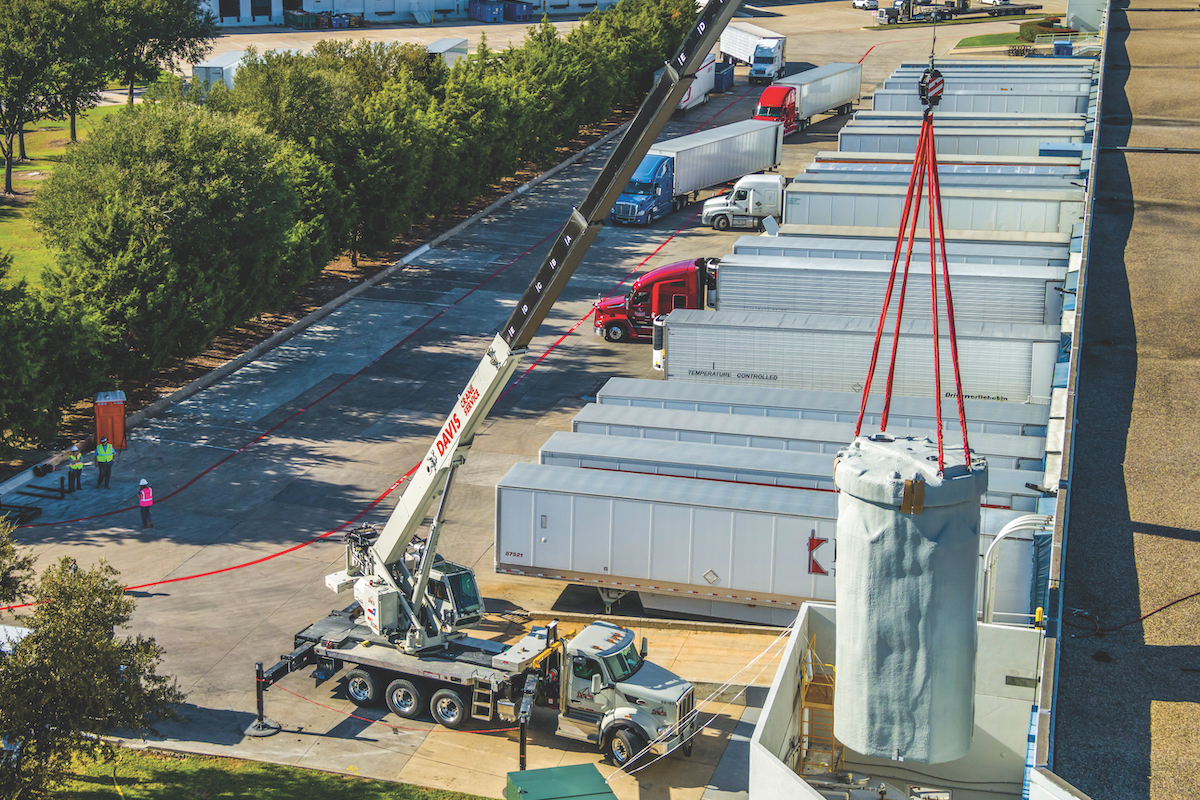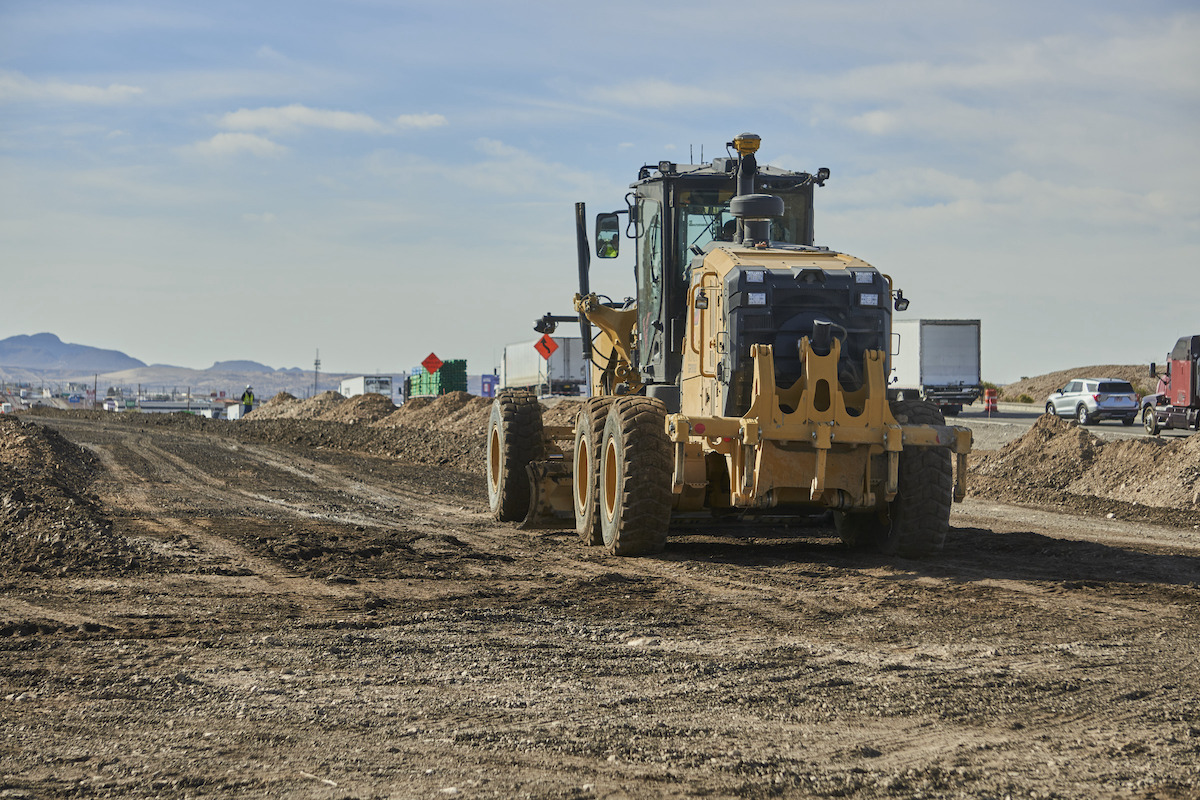It’s an important question for equipment manufacturers to ask and answer, and the latter can’t really be accomplished without a better understanding of what “culture” refers to and how it impacts organizational goals and priorities.
“Culture is what we learn from our people, and it’s specific to the group you belong to, and it’s all learned,” said Elaine Cullen Vandervert , PhD, President of Prima Consulting, and a past presenter at AEM’s Product Safety and Compliance Seminar. “Culture tells you what is going on, how you should feel, what you should do, and how you should go about doing it. It tells you how to operate in that group we are talking about.”
It's obvious everyone belongs to – and participate in – a variety of cultures. A person’s nationality, gender, and religious belief (or lack thereof) all contribute to how they present themselves. In her presentation to Product Safety and Compliance Seminar attendees, Vandervert emphasized the impact of culture in determining how employers can and should go about creating a safe and productive workplace.
One component of organizational culture that employers absolutely cannot afford to overlook is the wide range of ages of their respective workforces and its impact on the development and refinement of safety culture. For the first time ever, there are five generations that can currently be found in the workforce. Baby Boomers, once upon a time, used to comprise the largest section of the workforce by a fairly comfortable margin. That’s starting to change, however, as they continue to retire in greater and greater numbers.

| Your local Stewart-Amos dealer |
|---|
| Closner Equipment Co Inc |
Unfortunately, there’s a significant consequence to Boomers leaving the workforce – they are taking with them a wealth of knowledge, skills, and wisdom that only comes from significant experience. A study cited by Vandervert found it takes eight to 10 years on average for an employee to be able to develop a certain level of experience that allows them to administer on-the-job teaching and training. It’s a sobering statistic, especially when considering what it takes to establish an effective safety culture within an organization.
“You need to be able to know what to do when things go wrong from a safety perspective,” said Vandervert.
It’s impossible for a person or group to participate within an organization’s culture if they are unwilling – or unable – to embrace its norms. Cultures change slowly, however, and patience is required. And it all comes down to people themselves, said Vandervert, and how they’re managed. With so many generations in the workforce right now, managing them effectively is a task that’s easier said than done.
“A study we conducted showed there are five variables related to work that are different across generations,” she continued. “How they approach it, what motivators they have, how they view professional growth, and the attitudes they have about learning within that work environment. And if you step into a workplace with all five generations, you will see conflict.”
Those five generations, as described by Vandervert, are:
All of this is to say when members of these five groups come together in the workforce, things can get a little complicated. That’s because, in many cases, people tend to operate very differently within professional environments based on the rituals, behaviors, and norms associated with the generation from which they come.
So, culture is an incredibly important consideration when looking to establish a safe and productive workplace, because employers must be able to determine exactly what will make workers choose to act safely and productively and – perhaps more importantly – find a way to all those widely varying factors work within the confines of their own organizational structures.
“Because, ultimately, culture is the glue that holds everyone and everything together,” said Vandervert.





































































